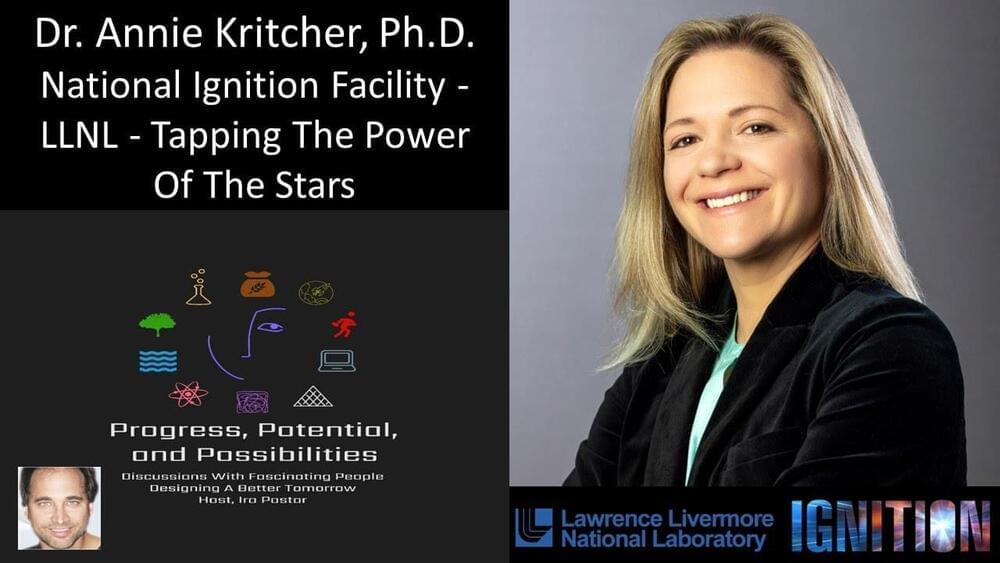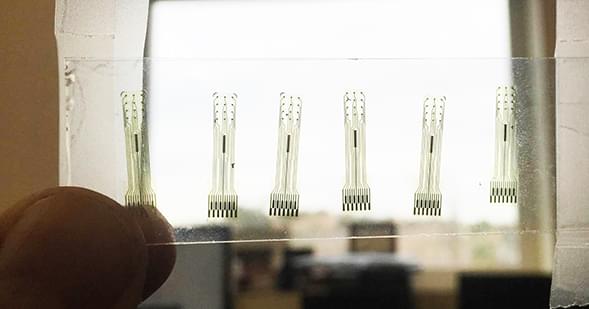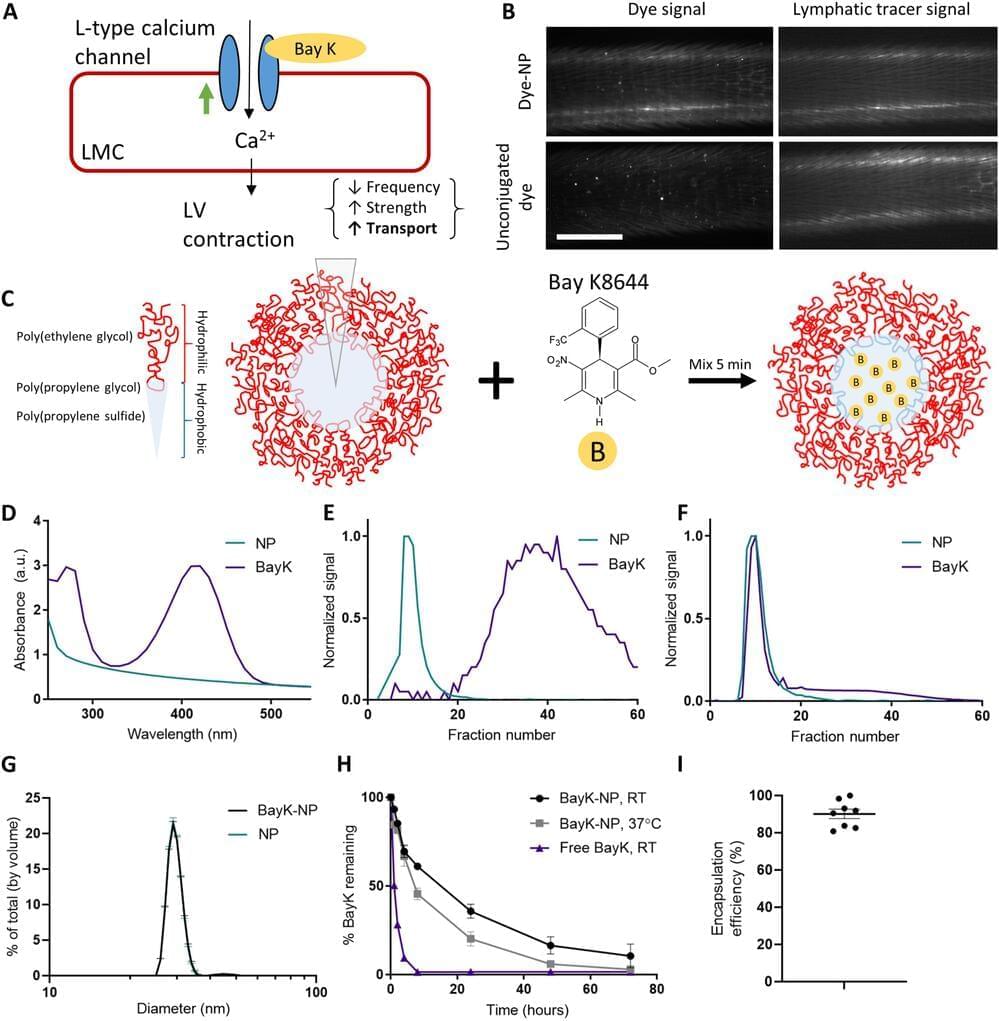Mar 28, 2023
Cultured meat firm resurrects woolly mammoth in lab-grown meatball
Posted by Brent Ellman in categories: biotech/medical, engineering
Vow, an Australian cultivated food company that creates meat in a laboratory setting from animal cells, says that it has used advanced molecular engineering to resurrect the woolly mammoth in meatball form, by combining original mammoth DNA with fragments of an African elephant’s DNA.
James Ryall, Vow’s chief science officer, said that the company first identified the mammoth myoglobin, a protein that is key to giving meat its color and taste, and then used publicly available data to identify the DNA sequence in mammoths.
Australian company Vow says it has used advanced molecular engineering to resurrect the woolly mammoth in meatball form.
Continue reading “Cultured meat firm resurrects woolly mammoth in lab-grown meatball” »

















